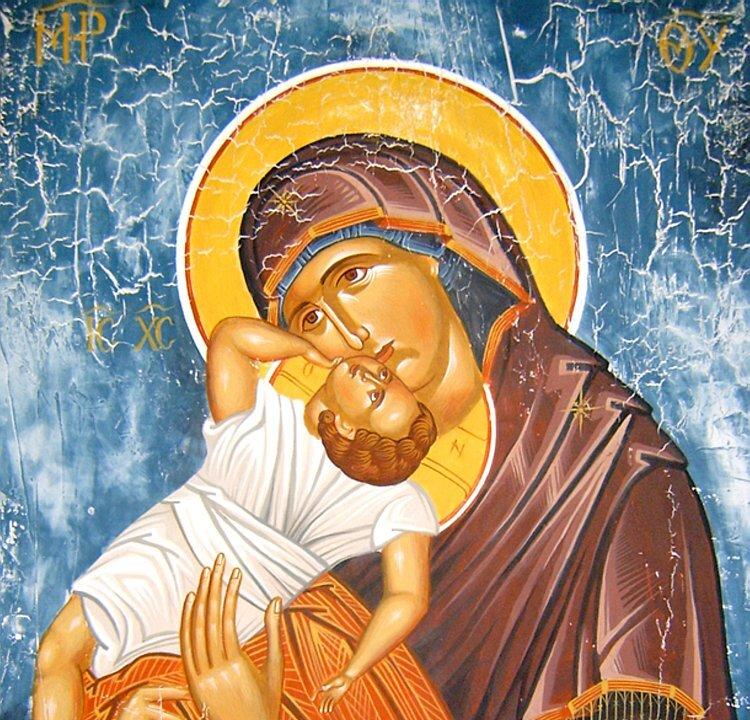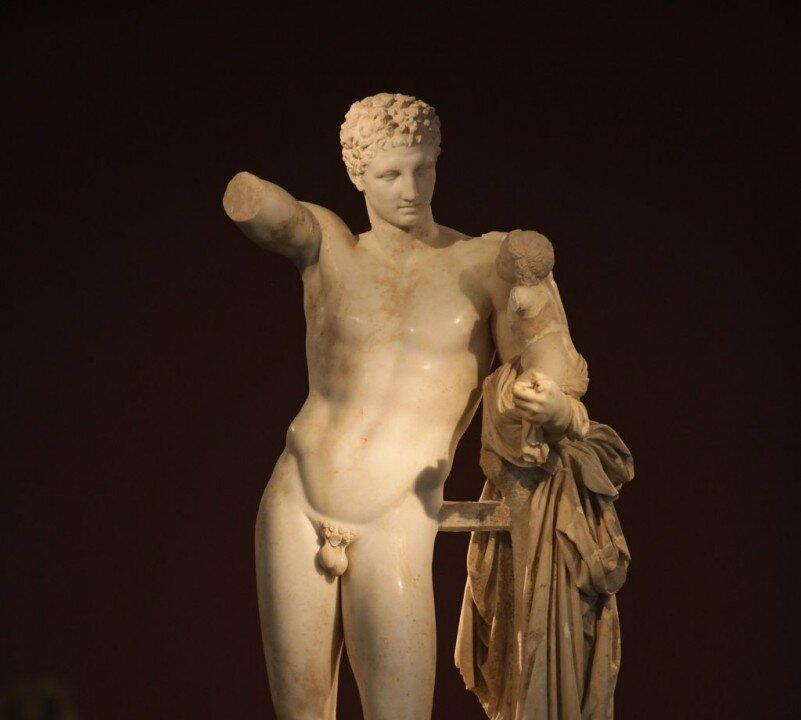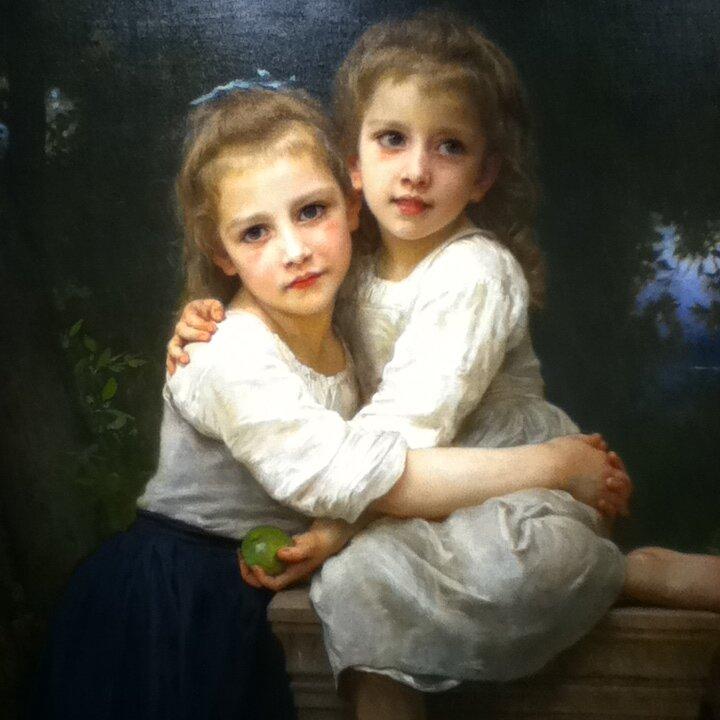In a little studio in Madison, Wis., Drazen Dupor carries on a tradition that flourished in the sixth century—the art of Byzantine iconography.
The techniques of Byzantine iconography differ from that of realistic art.
Dupor explained: “In a realist painting, look at my face, light is coming from this corner, all of here is light, and all of here is shadow. Iconography doesn’t have that. Light comes from the middle because it is holy. It comes from inside the portrait.”
Iconography deals wholly in religious art. Dupor pointed to a picture of Apostle Luke, the patron saint of icons, painting an icon on a wooden board. St. Luke is said to have created the first icon on the dining table of Jesus’s home.
St. Luke first developed the style of hand-painted iconography, but it took six centuries before iconography spread to Western Europe. At that time, the Byzantine Empire banned iconography, and artists left in search of work elsewhere.
Dupor described the ancient Christian belief regarding artists: “They never sign their work. … Everything is made from the Holy Spirit.” The artist is only a helper. He said that the iconographers of a thousand years ago, the good ones, are unknown.
The Craft
The light and dark colors are never mixed in iconography, and the lines are very precise, he said.
Iva, Dupor’s student, said that drawing the lines was the most difficult part of this kind of painting. “You have to be very steady.”
When Dupor was a young boy, he looked at the paintings in churches and thought that they were so simple. He found that trying to duplicate those ancient works, however, was anything but easy.







